Balustrade Design: From Function to Creative Expression
Balustrades are no longer just safety components of stairs; they have become integral elements in architectural and interior design. Whether inside or outside a building, the right balustrade can enhance both aesthetics and functionality. In this article, we’ll explore various materials used in balustrade construction, common installation mistakes, how to choose the right type for your space, and whether replacing an old balustrade is a worthwhile investment.

Types of Balustrade Materials
There are several materials commonly used for stair balustrades, each with its own set of advantages and drawbacks.
| Material | Advantages | Disadvantages |
|---|---|---|
| Wood | Natural look, easy to shape, warm to the touch | Requires regular maintenance, not ideal for humid environments |
| Stainless Steel | Durable, corrosion-resistant, modern appearance | Cold to the touch, requires frequent cleaning |
| Glass | Offers open views, creates a sense of space | Needs regular cleaning, depends on quality for safety |
| Plastic (PVC, Acrylic) | Lightweight, cost-effective, easy to install | Less durable, lower resistance to heat |
Wood
Wooden balustrades offer a classic, timeless appeal and blend well with traditional interiors. However, they require ongoing maintenance and are less suitable for outdoor use due to their sensitivity to moisture and wear.
Metal (Stainless Steel & Aluminum)
Metal balustrades, especially those made from stainless steel, are popular for their strength and compatibility with modern designs. They are durable and suitable for both indoor and outdoor applications without requiring frequent maintenance.
Glass
Glass balustrades provide an elegant, minimalist appearance and give the illusion of more space. When combined with metal supports, they offer a sleek solution that maintains structural integrity while enhancing visual flow.
Plastic
Plastic balustrades, including PVC and acrylic types, are lightweight and inexpensive. While they’re easy to install, they tend to be less durable and are better suited for temporary setups or low-traffic areas.
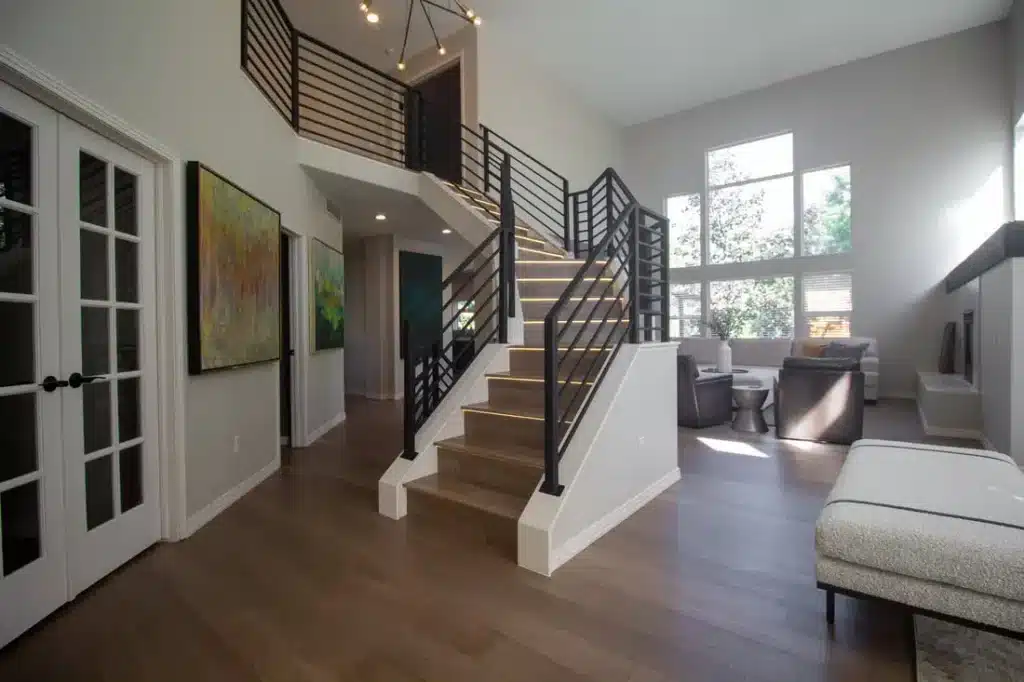
Common Installation Mistakes to Avoid
- Ignoring Building Codes
Always check local building regulations to ensure compliance with safety standards. - Inaccurate Measurements
Precise measurements are crucial. Even small errors can lead to improper fitting or instability. - Using Improper Tools
The right tools make installation smoother and safer. - Incorrect Installation Technique
Follow manufacturer instructions carefully. If unsure, seek professional assistance. - Neglecting Regular Maintenance
Routine inspections help maintain stability and extend the lifespan of your balustrade.
Choosing the Right Balustrade
Selecting the appropriate balustrade depends on multiple factors:
- Architectural Style
For contemporary homes, glass and stainless steel are ideal. Traditional spaces may benefit more from wood or wrought iron. - Functionality and Safety
High-traffic areas like public buildings often require stronger materials like stainless steel. - Cost vs. Quality
While wood and metal offer high durability, they come at a higher price. Plastic options are budget-friendly but may need replacement sooner.
Replacing Your Existing Balustrade
Replacing an old or damaged balustrade is a practical way to improve both the appearance and safety of your staircase. You can hire a professional contractor for accurate and safe installation, or take on the task yourself if you have the necessary skills. Costs vary based on material choice and staircase dimensions.
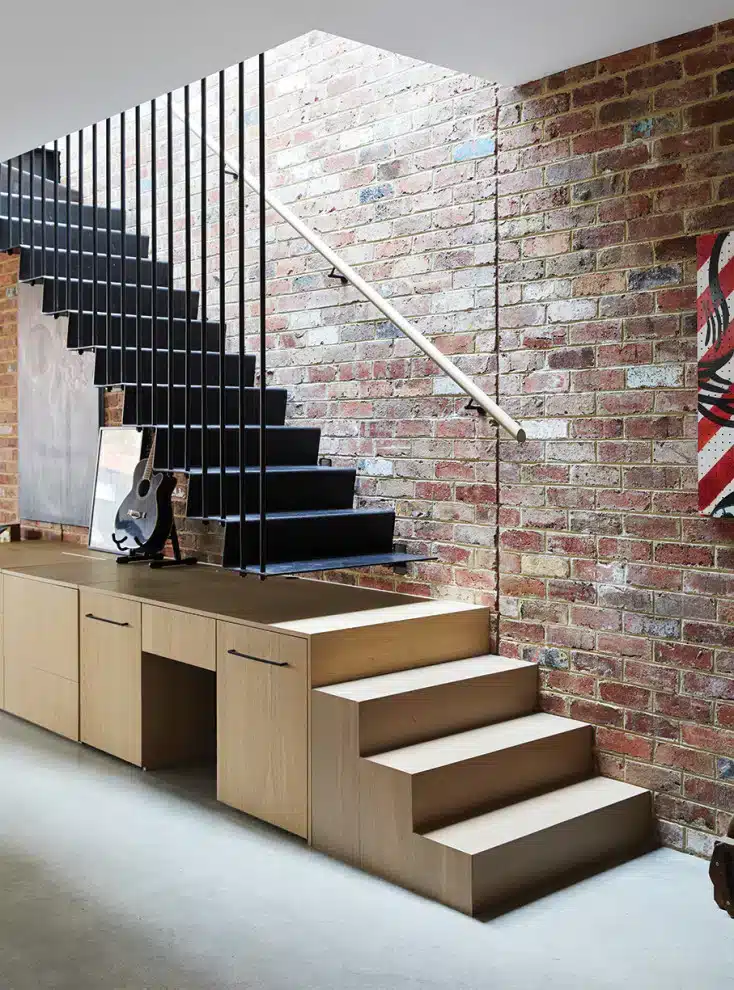
ArchUp’s Opinion – Personal Analysis
While all balustrade types have their place, combining tempered glass with stainless steel offers the best balance between aesthetic appeal and functional durability. That said, many designers overuse glass without considering the practical aspects—especially in family homes where constant cleaning becomes a drawback.
Frequently Asked Questions (FAQ)
| Question | Answer |
|---|---|
| Can plastic balustrades be installed outdoors? | Yes, but they are not ideal for long-term exposure to harsh weather conditions. |
| How often should glass balustrades be maintained? | At least once a month, especially indoors where dust and fingerprints accumulate. |
| Is it possible to reuse an old balustrade? | Yes, provided it’s structurally sound and can be refreshed through painting or minor modifications. |
Summary Table
| Key Point | Summary |
|---|---|
| Importance of Balustrades | Enhance both safety and visual appeal of a space |
| Common Materials | Wood, stainless steel, glass, plastic, or combinations |
| Installation Mistakes | Inaccurate measurements, lack of code compliance, improper tools |
| Choosing the Right Type | Depends on style, usage, and budget |
| Maintenance & Replacement | Some materials require regular upkeep, and replacing old balustrades can significantly improve both function and design |
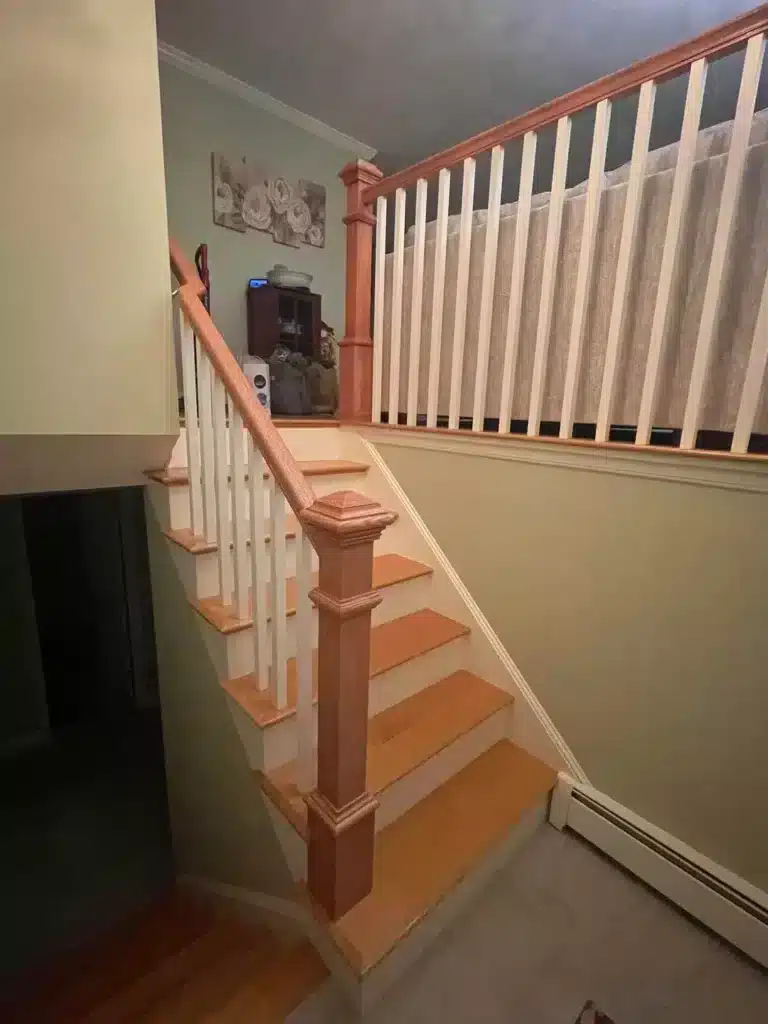
This article avoids promotional language and focuses solely on factual, practical information regarding balustrade selection and installation.





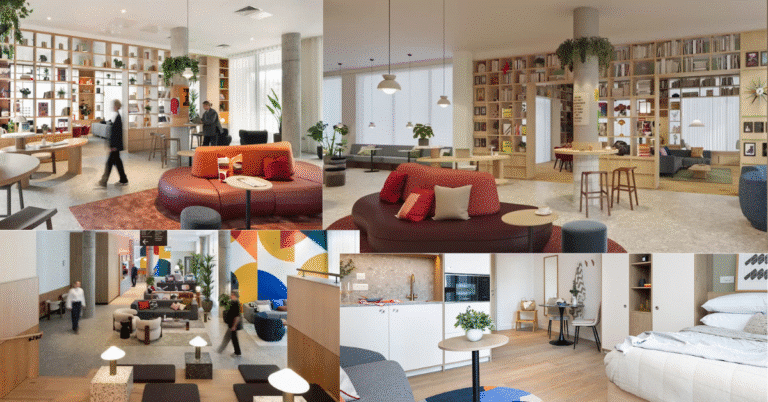
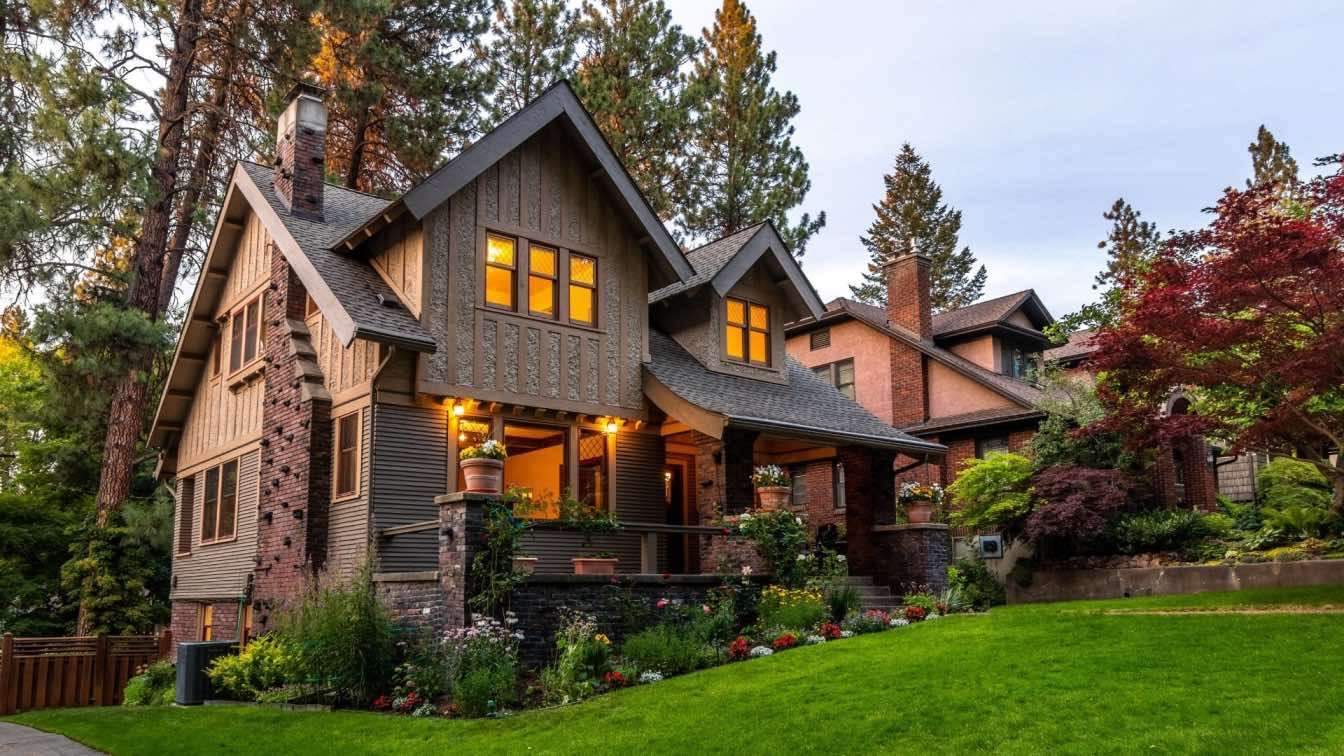

I like that you talked about how railing designs play an important part in improving safety and aesthetic appeal. Our stairs do not look good anymore, so we are planning to redesign them. First off, we need to check out our options from a railing supplier.
Hi Luke,
Thanks for your comment! We are glad to hear that you found this information useful. Redesigning stairs can be a great way to improve their aesthetics and safety.
We hope this helps in your stair redesign!
Explore the latest architectural job opportunities at Architecture Jobs. Join us on a journey to discover exciting career prospects in the world of architecture and design. Your next dream job might be just a click away!